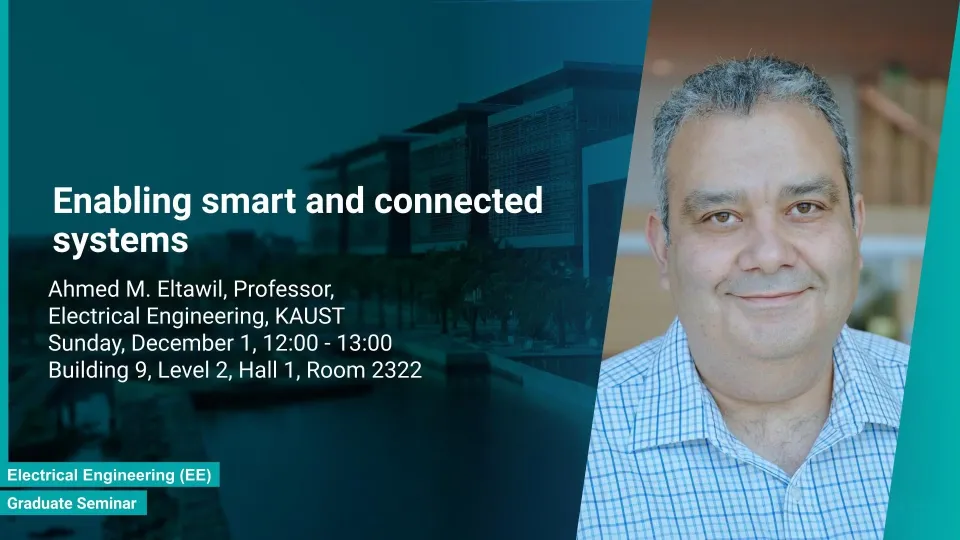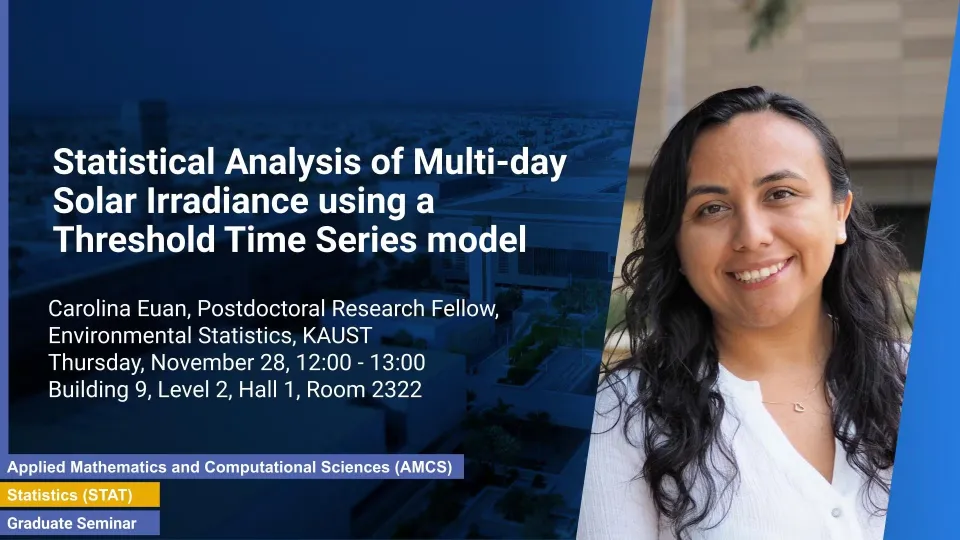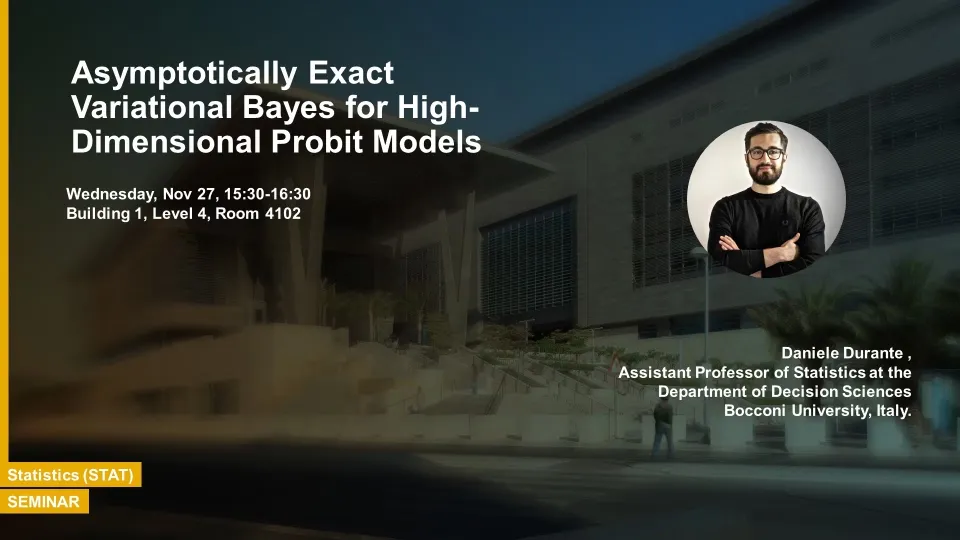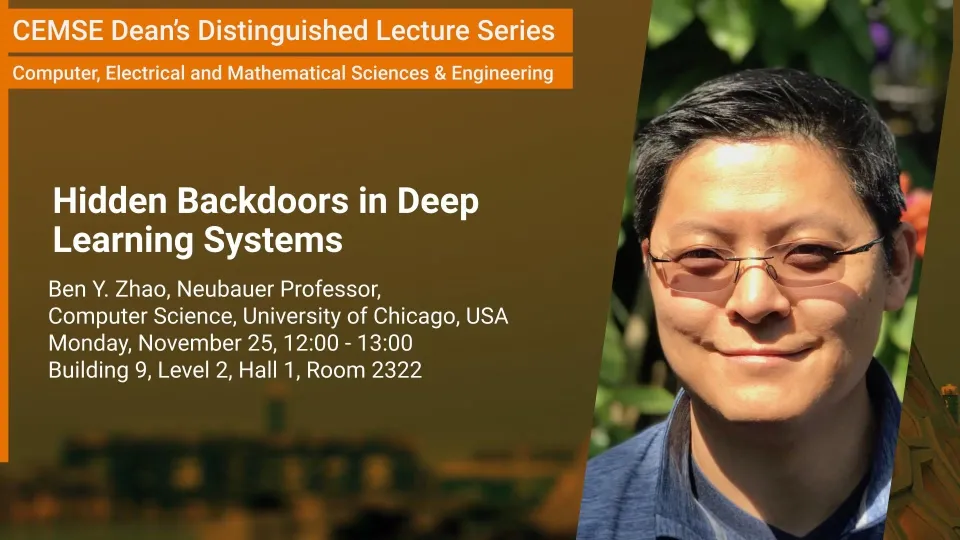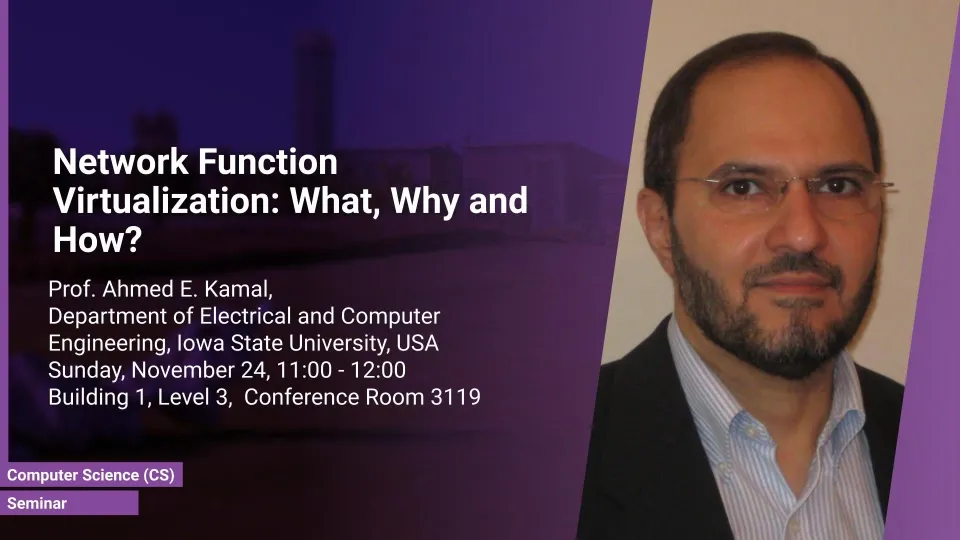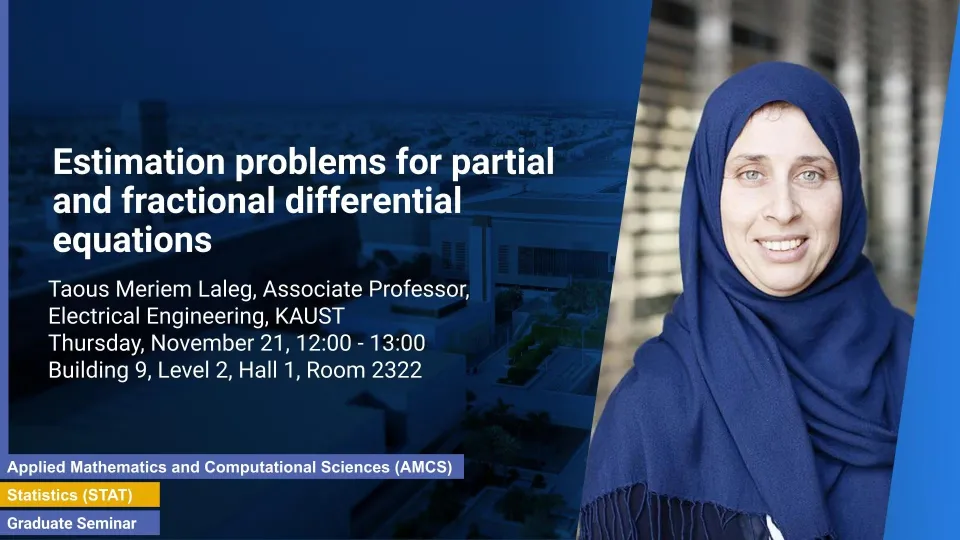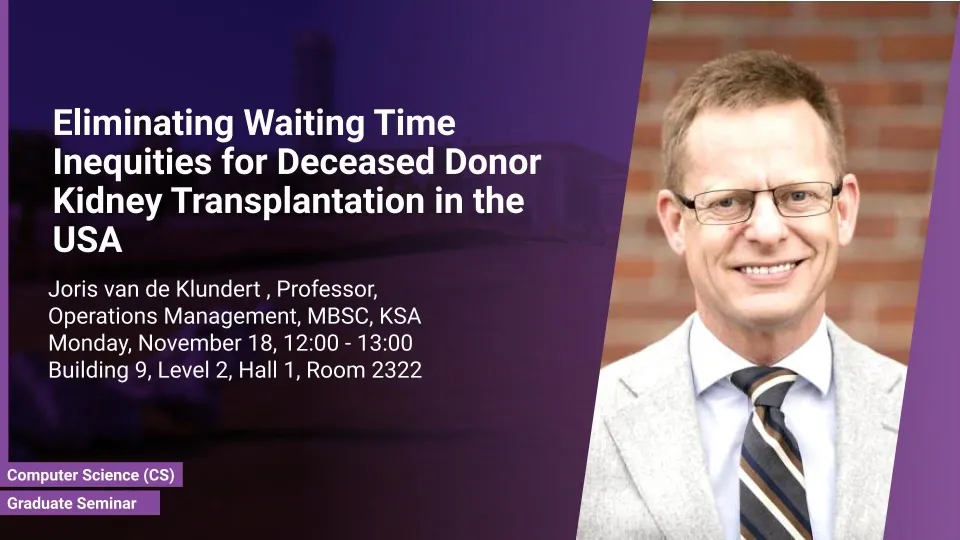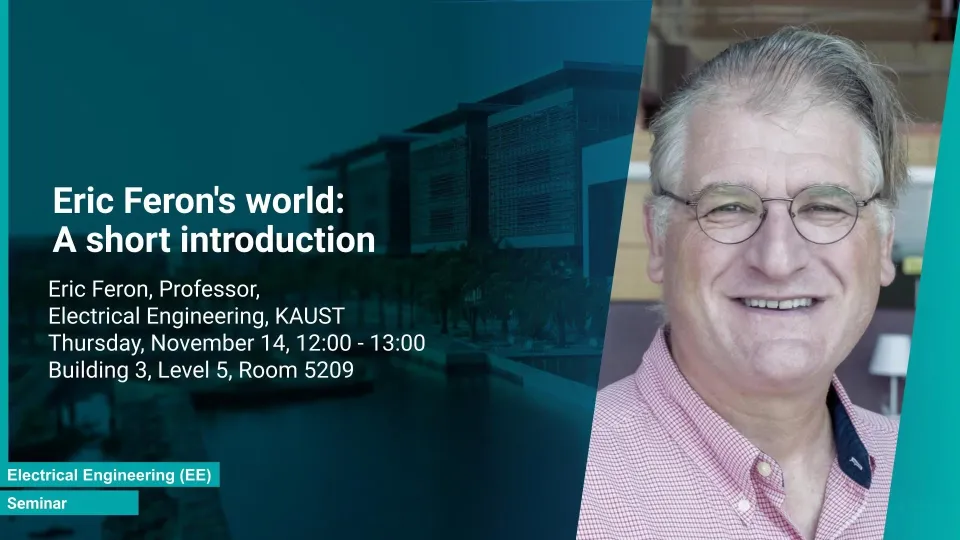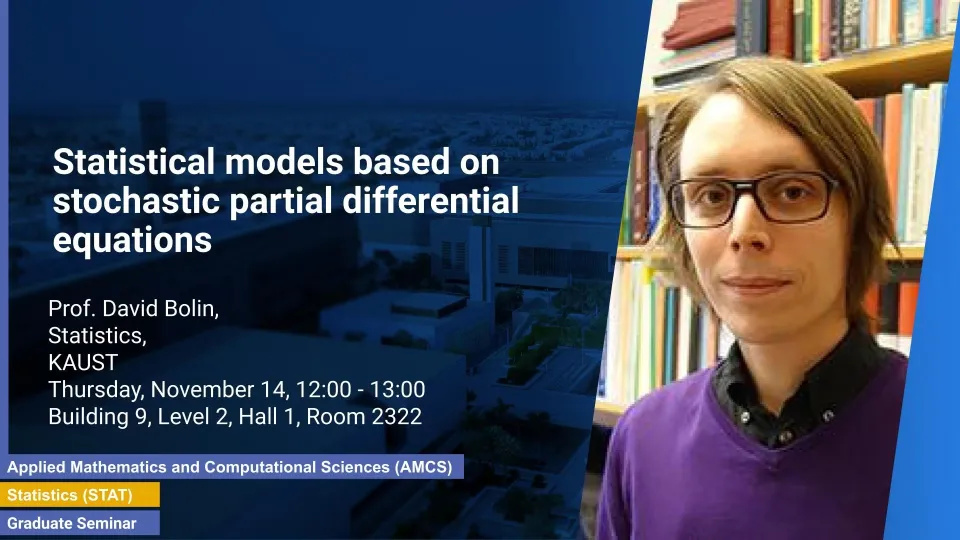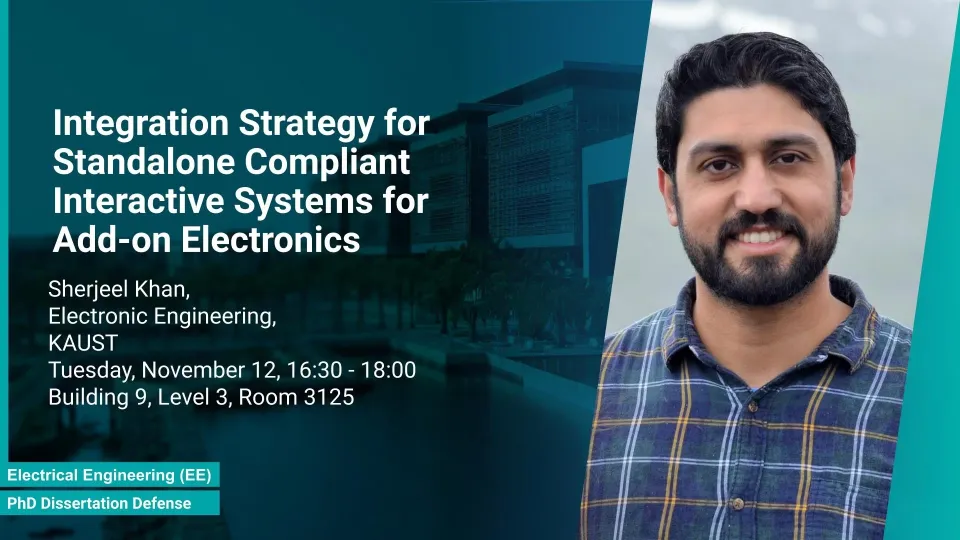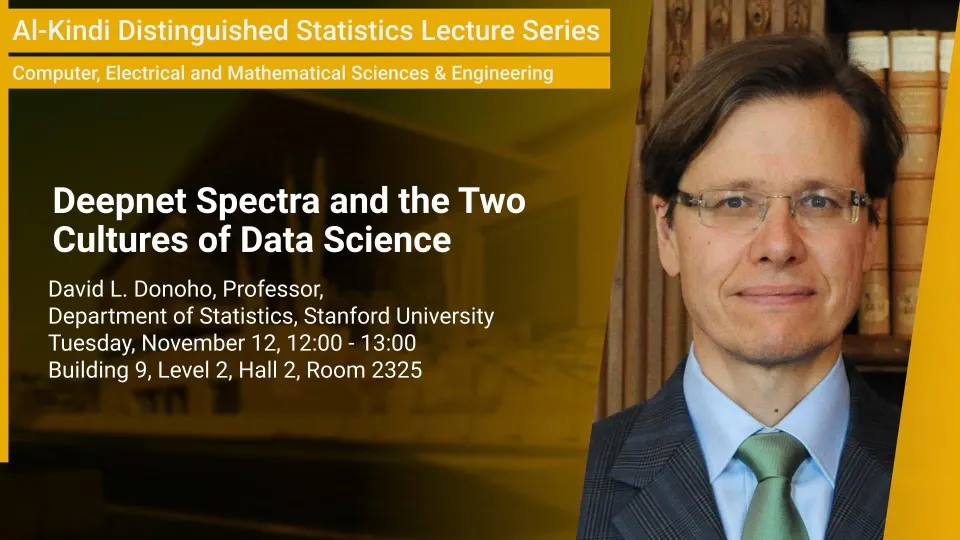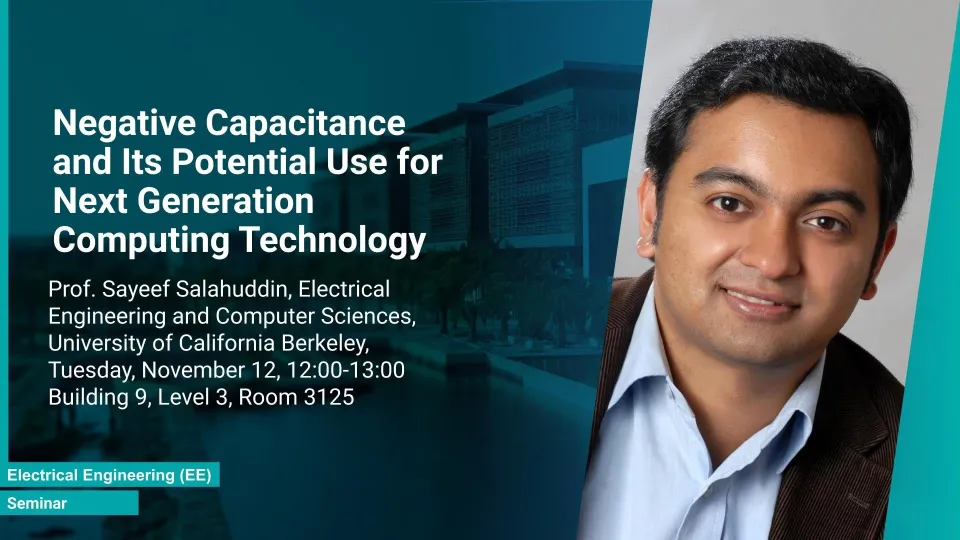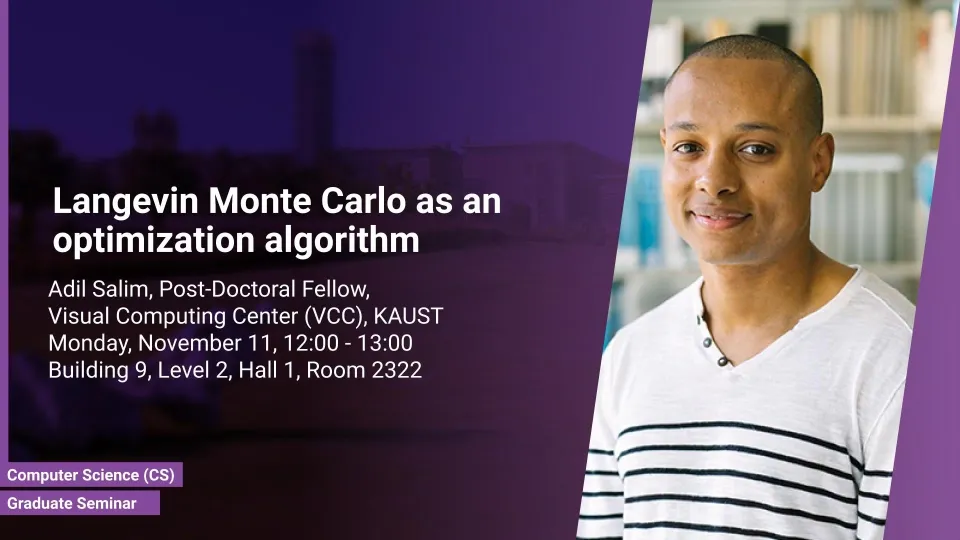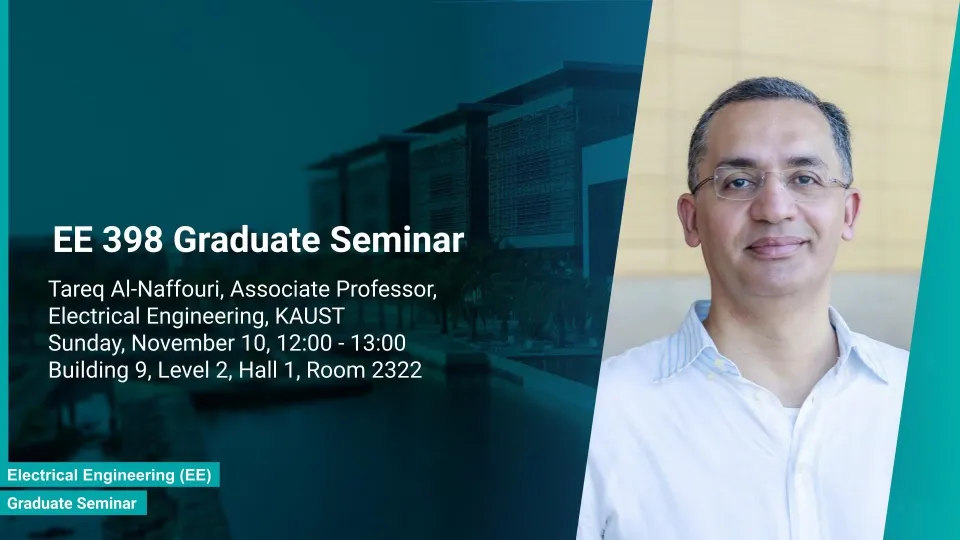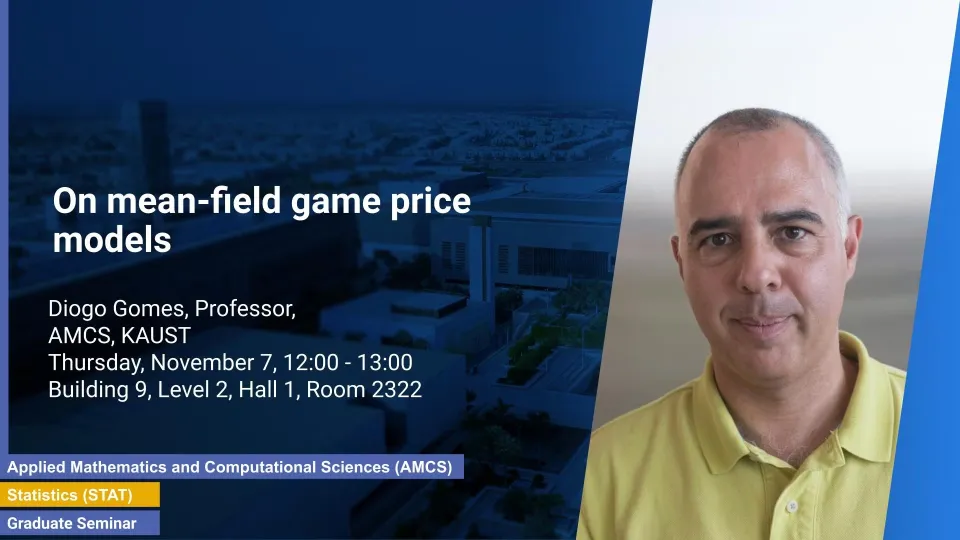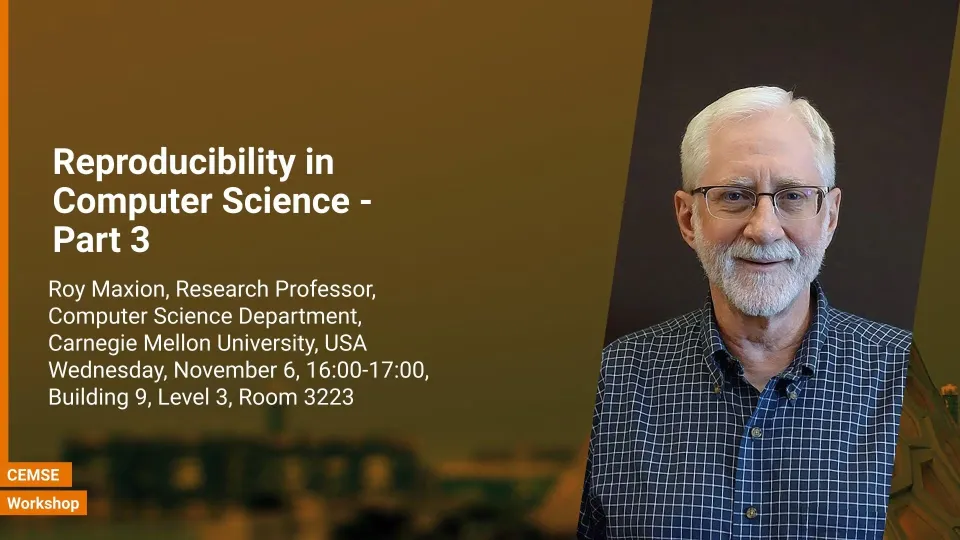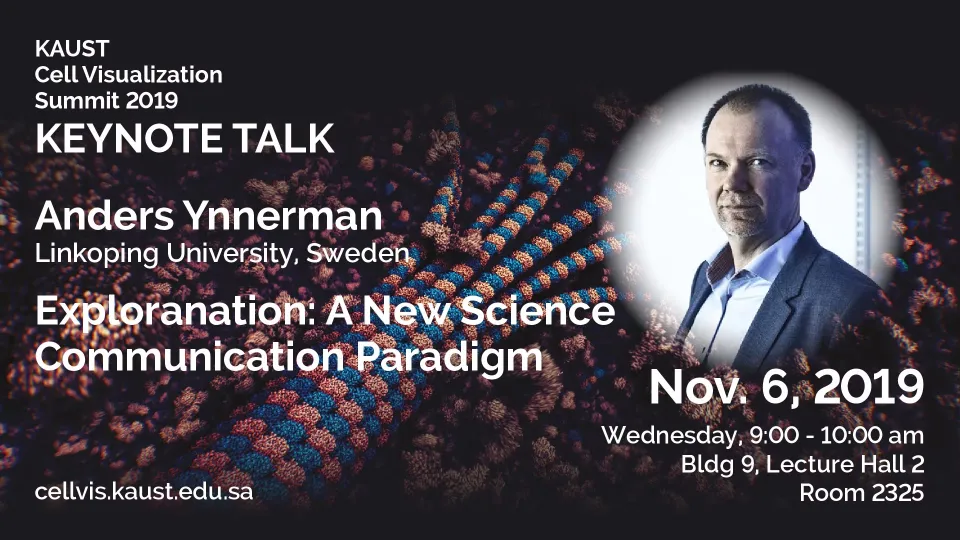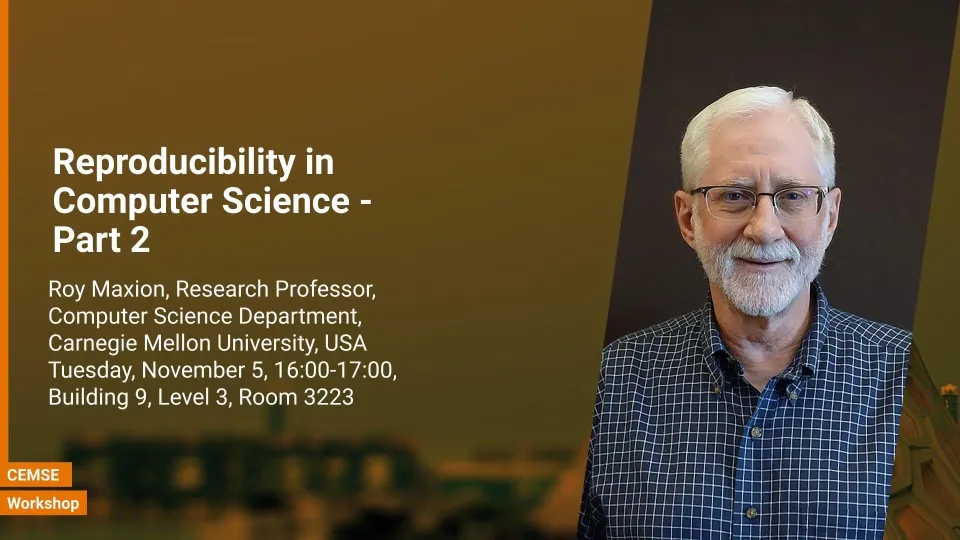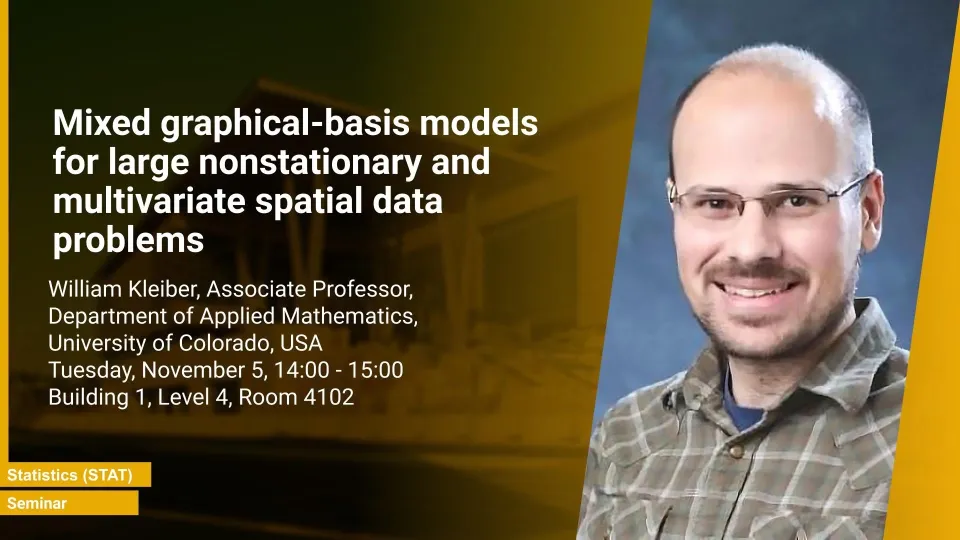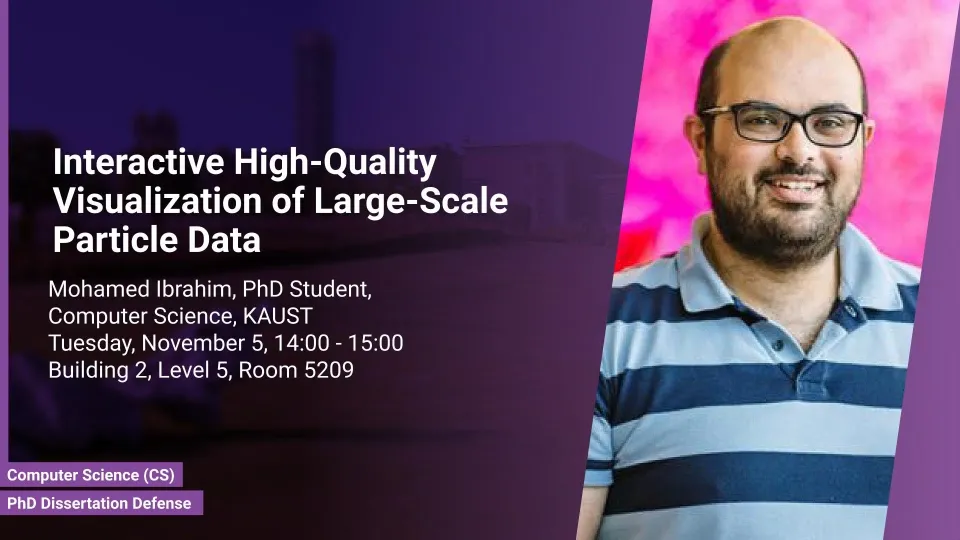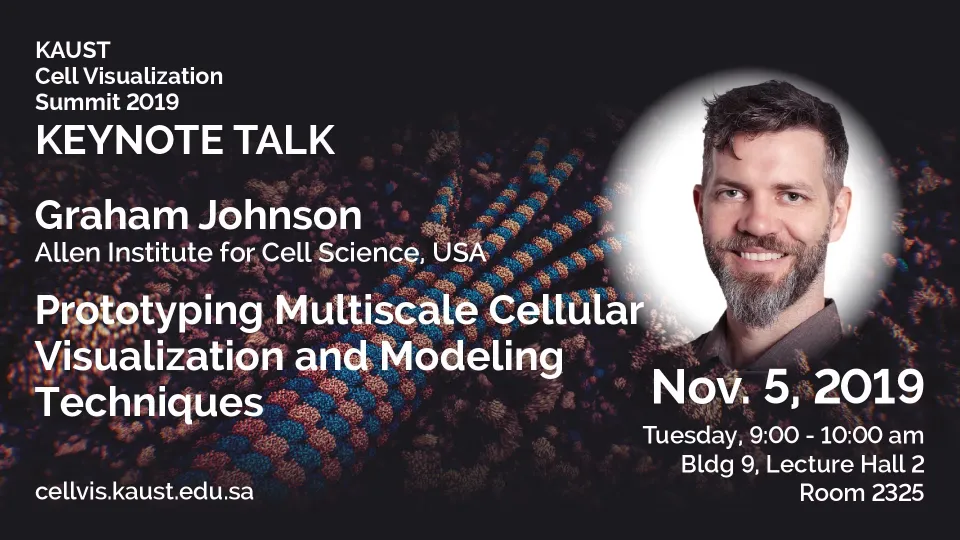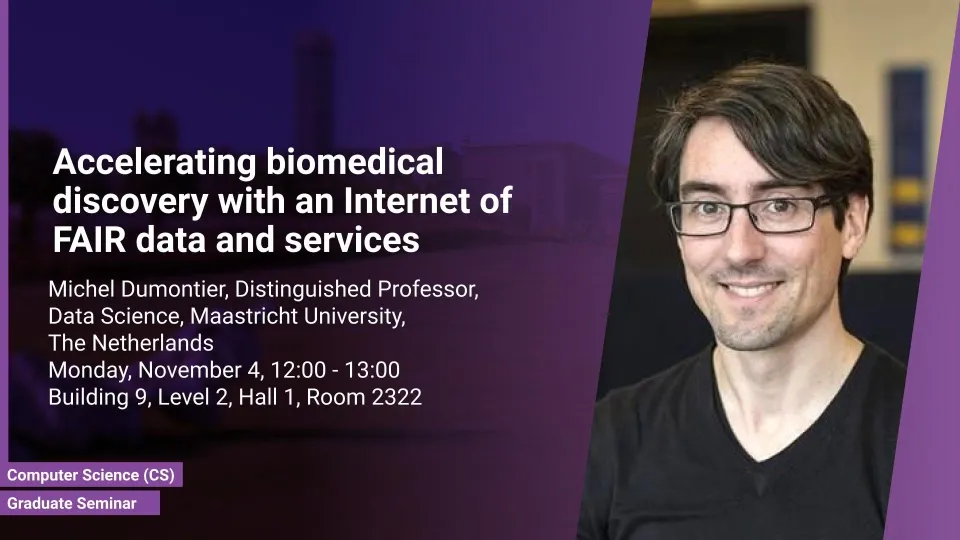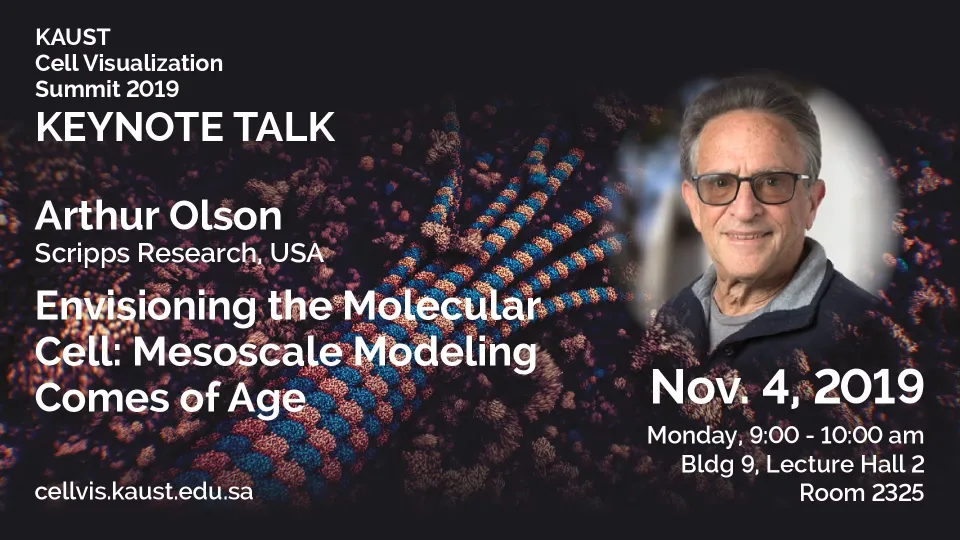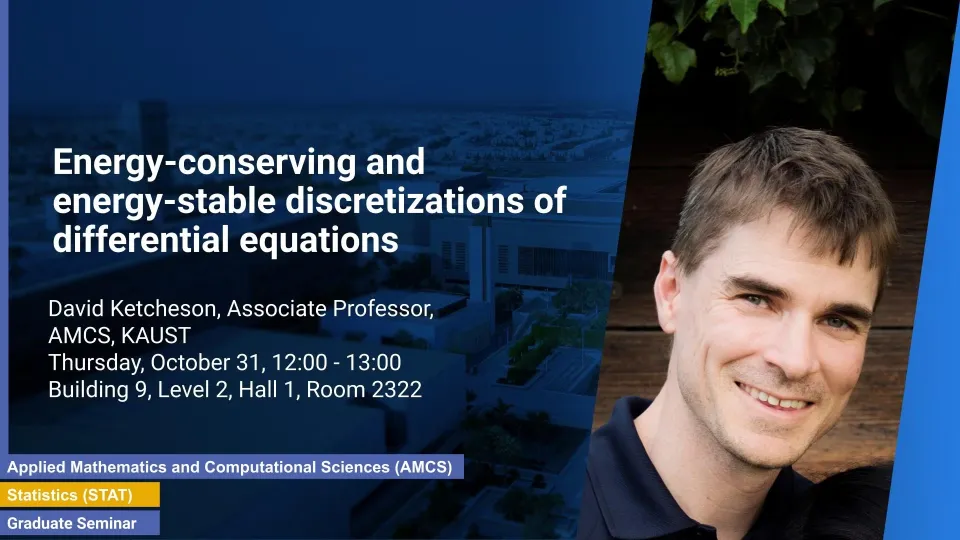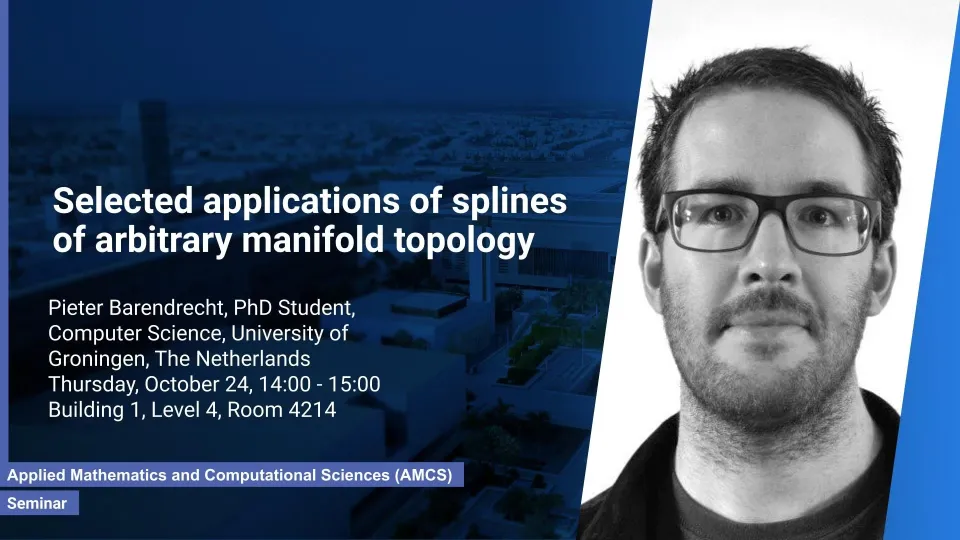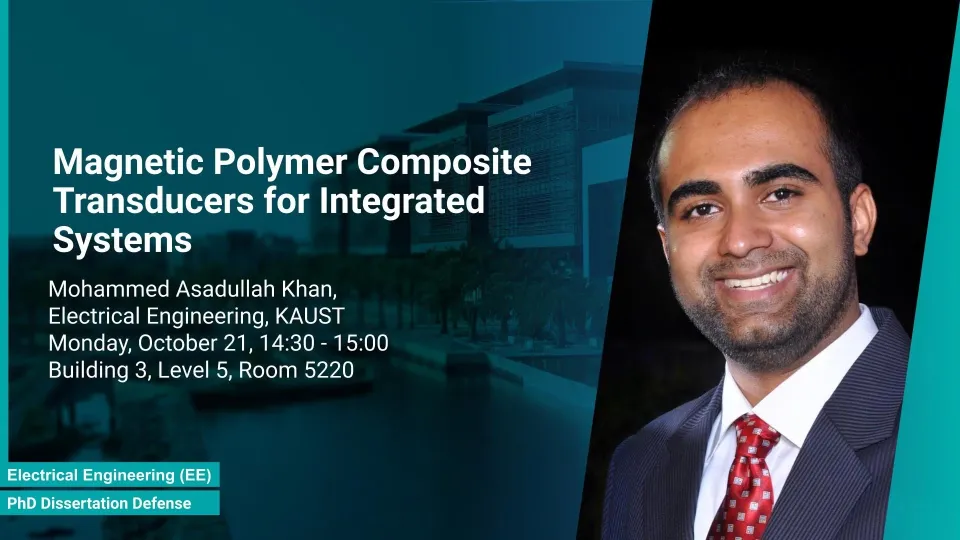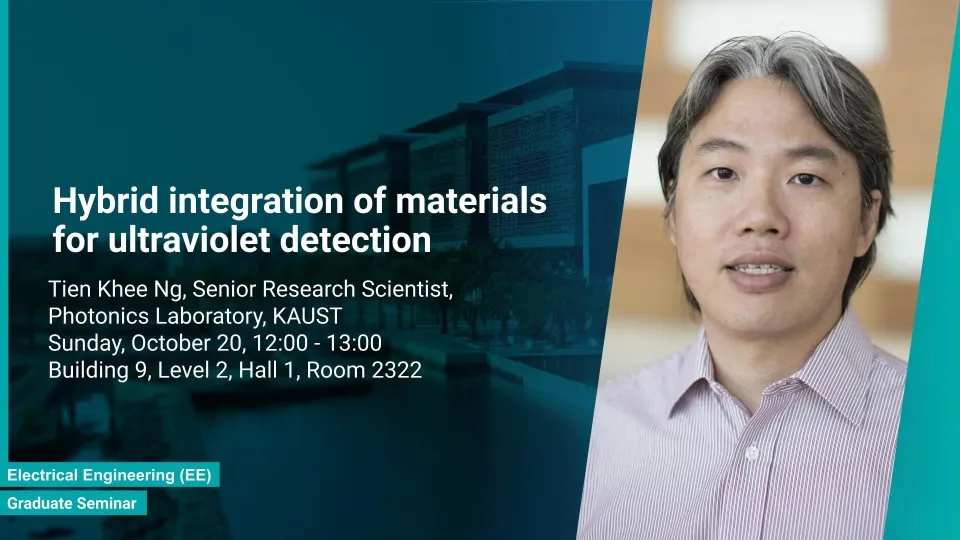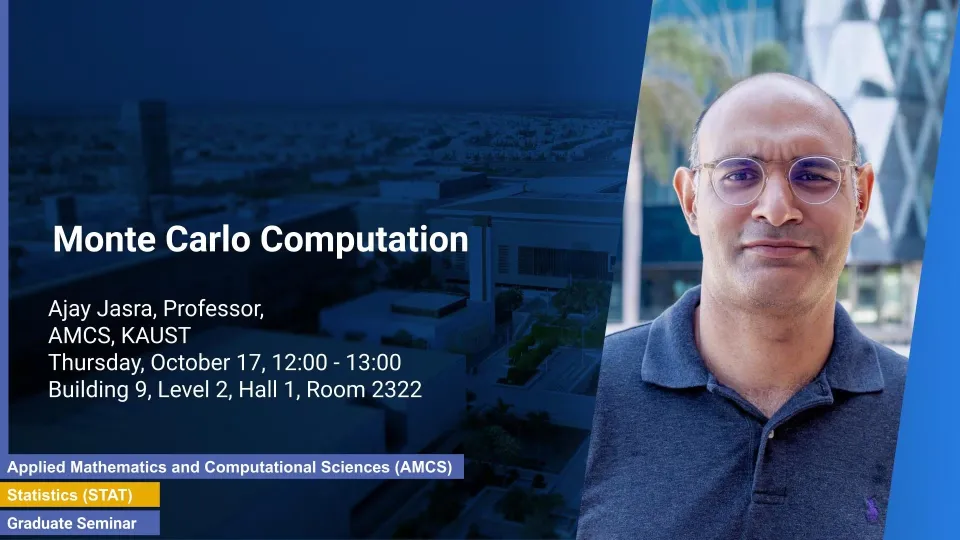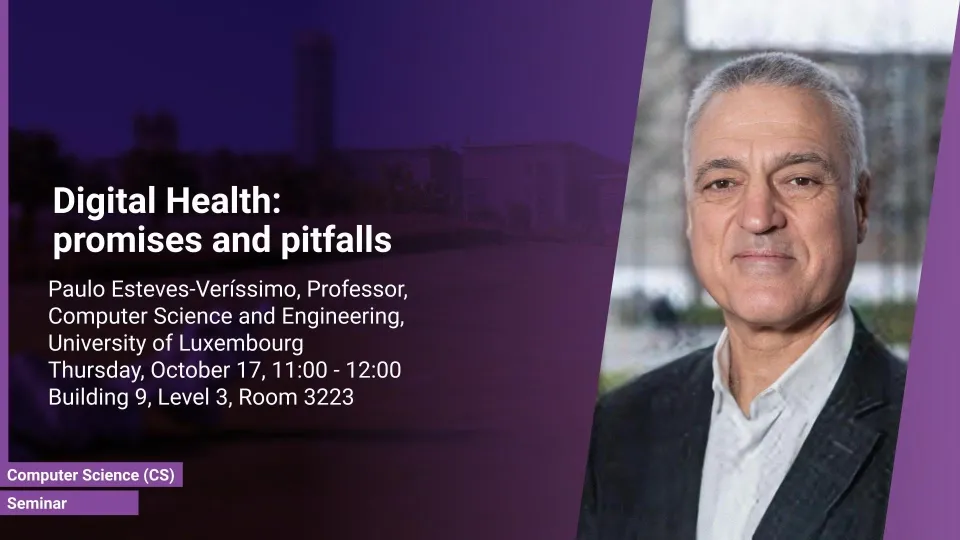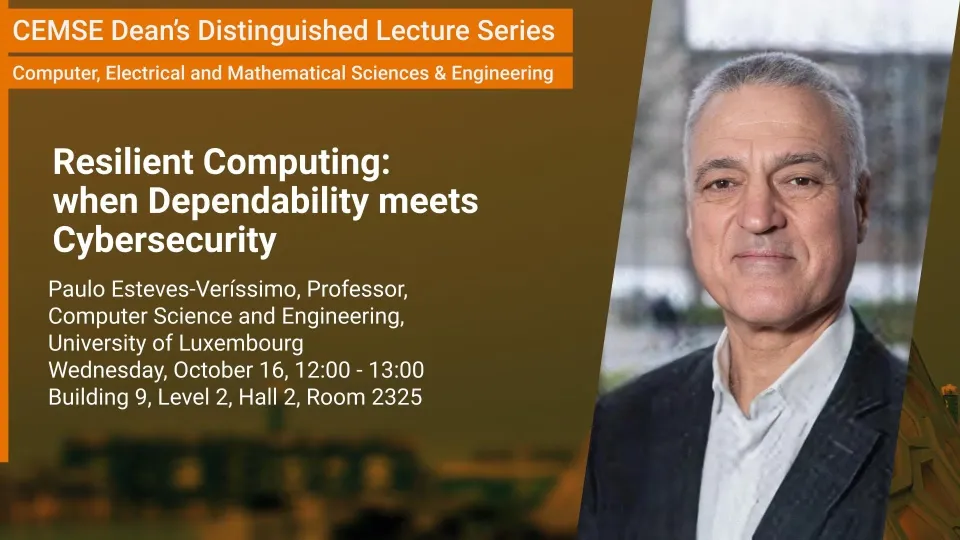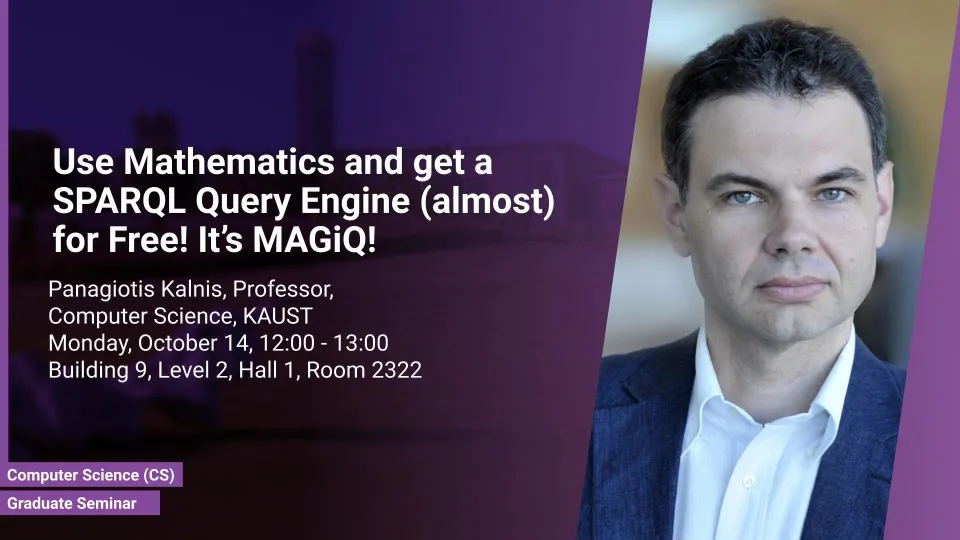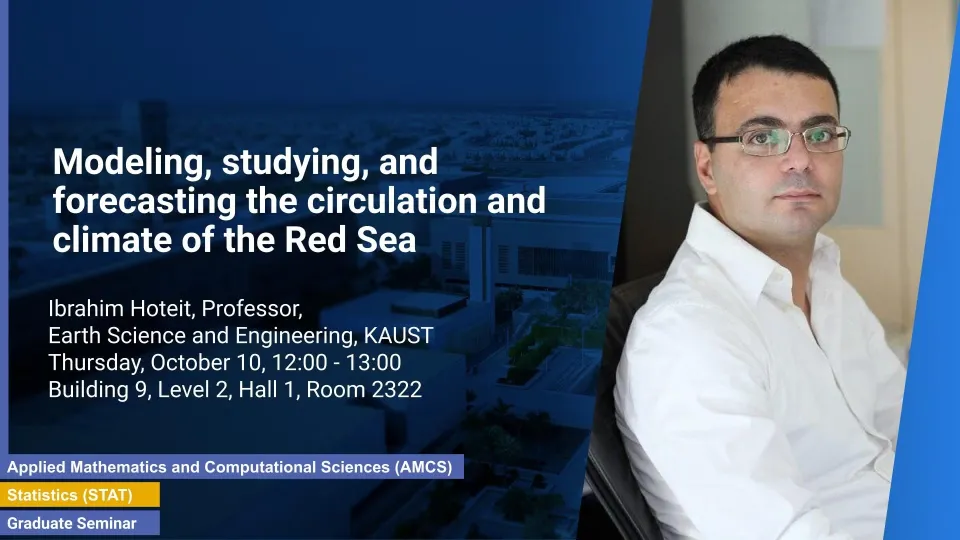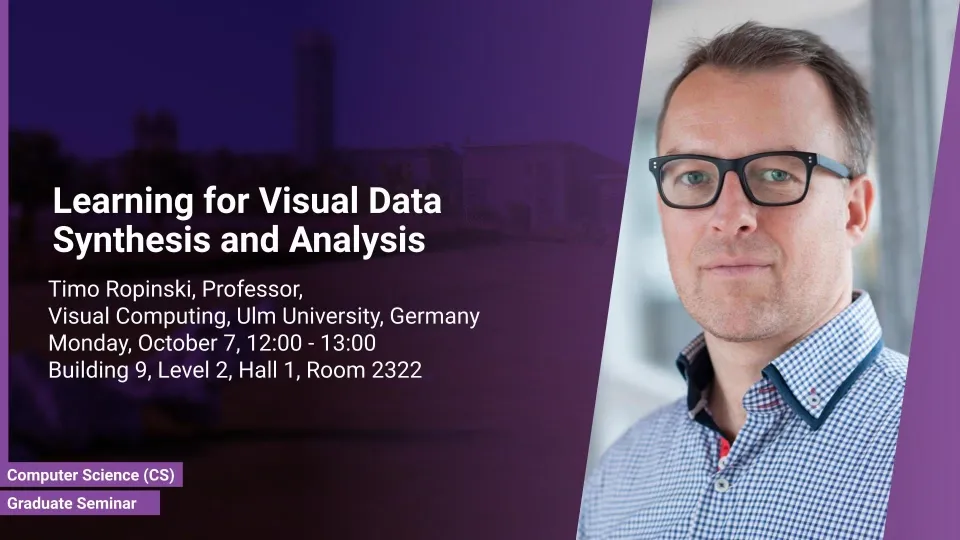Events
Dec 1 - Dec 7, 2019
Nov 24 - Nov 30, 2019
KAUST-Asia Wide Bandgap Semiconductor Workshop
KAUST Main Library L3 R3118
Plasmonics in wide-band-gap semiconductor materials
Prof. Jing Li, Pen-Tung Sah Institute of Micro-Nano Science and Technology, Xiamen University
B3 L2 R2255
Nov 17 - Nov 23, 2019
2019 Statistics and Data Science Workshop
B2 B3 A0215
Nov 10 - Nov 16, 2019
Negative Capacitance and Its Potential Use for Next Generation Computing Technology
Prof. Sayeef Salahuddin, Electrical Engineering and Computer Sciences, University of California Berkeley
B9 L3 R3125
Wafer-Scale Fabrication of 2D Materials based Memristive Crossbar Arrays with Record Electrical Performance
Prof. Mario Lanza, Nanoelectronics, Soochow University
B2 L5 R5209
Nov 3 - Nov 9, 2019
Exploranation: A New Science Communication Paradigm
Prof. Anders Ynnerman, Linköping University, Sweden
B9 H2 R2325
Prototyping Multiscale Cellular Visualization & Modeling Techniques for Hypothesis Generation, Communication & Learning
Graham Johnson, Allen Institute for Cell Science, USA
B9 H2 R2325
Envisioning the Molecular Cell: Mesoscale Modeling Comes of Age
Prof. Arthur Olson, The Scripps Research Institute, USA
B9 H2 R2325
Oct 27 - Nov 2, 2019
Oct 20 - Oct 26, 2019
Selected applications of splines of arbitrary manifold topology
Pieter Barendrecht, PhD Student, Computer Science, University of Groningen, The Netherlands
B1 L4 R4214
Key Enabling Techniques and Practical Considerations for Signal and Information Processing in 5G Cellular Network
Chung-An Shen, Associate Professor, National Taiwan University of Science and Technology
B9 L2 H2
Finding the linchpins of the dark web: Understanding and detecting malicious infrastructure
Dr. Sumayah Alrwais, Assistant Professor, King Saud University, Riyadh, KSA
B9 L2 H1 R2322
Oct 13 - Oct 19, 2019
Oct 6 - Oct 12, 2019
Learning for Visual Data Synthesis and Analysis
Dr. Timo Ropinski, Professor, Visual Computing, Ulm University, Germany
B9 L2 H1 R2322
